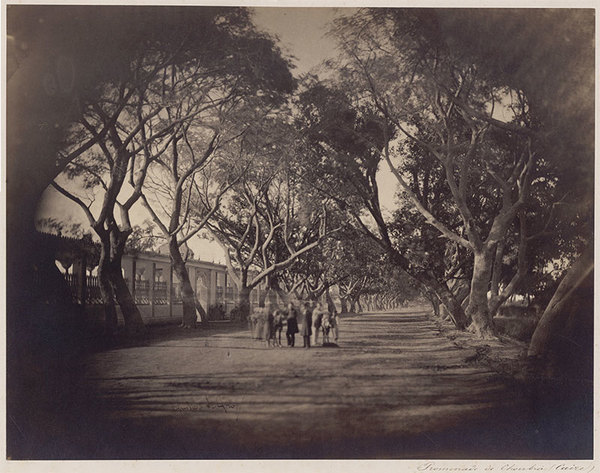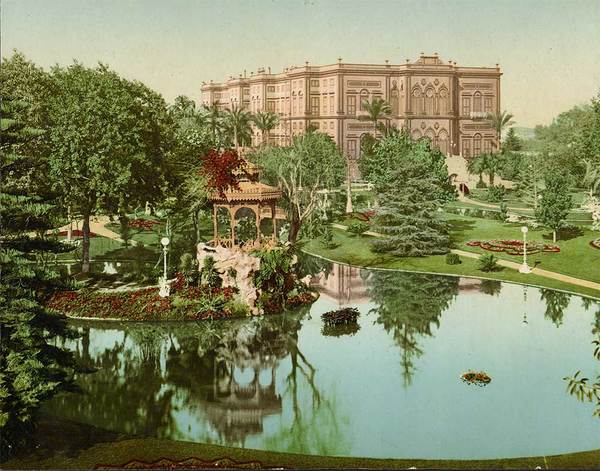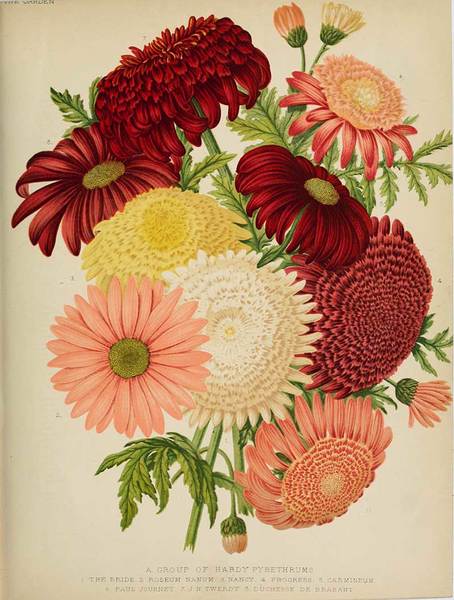Plant Cosmopolitism and Social Extraterritoriality: a Modern History of Ornamental Gardens in Egypt
Art. in progress

Plant Cosmopolitism and Social Extraterritoriality: a Modern History of Ornamental Gardens in Egypt
– Other possible title: “Passions for plants on the Nile: the modern history of ornamental gardens in Egypt”.
– Original title:
Cosmopolitisme végétal et extraterritorialité sociale: une histoire moderne des jardins d’agrément en Égypte
Text in progress (to be finalized in 2018).
Actually, it has been submitted to the journal Revue d’ethnoécologie.
But this text has nearly a hundred pages and is unconventional size overpasses the usual format of an scientific article. So I consider two possibilities:
- to change it in a double article:
- Cosmopolitisme végétal: une histoire moderne des jardins d’agrément en Égypte (partie 1) (Plant Cosmopolitism: a Modern History of Ornamental Gardens in Egypt)
- Extraterritorialité sociale: une histoire moderne des jardins d’agrément en Égypte (partie 2) (Social Extraterritoriality: a Modern History of Ornamental Gardens in Egypt)
- to change it in a small book, as a matter of fact.
– Update 2015: I think more seriously to make a book of that work.
– Update 2018: after a long period of dormancy, and a sweet awakening with the presentation of the editorial project during a conference: Des passions végétales sur le Nil : écrire l’histoire moderne des jardins d’agrément en Égypte, I submitted this editorial project to the excellent IFAO Press (Institut français d’archéologie orientale->http://www.ifao.egnet.net]). The publishing committee of June 12th 2018 gave its provisional agreement to this project.
– Abstract:
A modern history of ornamental gardens in Egypt is yet to be written, and this text is an outline. A “garden turn” took place in Egypt in the nineteenth century, because happens then a sum of these unprecedented real historical events. To assess this “garden turn”, we must get rid of a historical conception where an orderly succession of gardens styles would be observed. Even limiting the research to the nineteenth and twentieth centuries, the “medieval” gardens of Egypt then continue, in part, to exist. In doing so, it may also be a history of “contact” which is written there: how garden traditions of various origins intermingle on the banks of the Nile. And speaking of gardens, we always come up against the difficulty of drawing discrete sets in what seems to be a continuum of variations, a continuum that stretches whenever are invented or introduced new possibilities, new gardens dimensions. So they are several variables and not a succession of styles we need to follow (sort, size, openness to such public, location in relation to the city, intended use, location in relation to housing, specialization, etc.) to outline a modern gardens of Egypt ethnohistory.

- Promenade de Choubra (Caire) - photographie de Gustave Le Gray (1862)
Original: http://catalogue.bnf.fr/ark:/12148/...


 vbat.org
vbat.org




